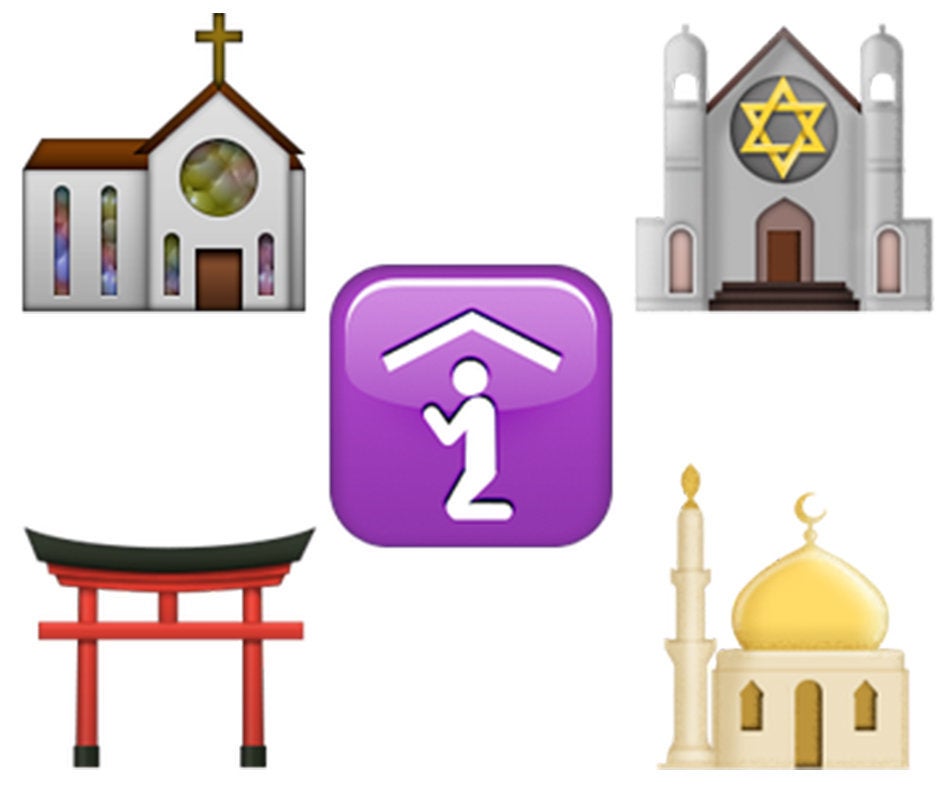You may not know it, but your cell phone is basically an interfaith melting pot.
If you look closely at the emojis on your emoji keyboard, you'll find an amazing amount of religious diversity. Every major world religion, from Chinese philosophy (☯) to Atheism (⚛) to Judaism (✡) is represented in some way.
According to Jeremy Burge, the founder of Emojipedia, this religious diversity is an intentional goal for the Unicode Consortium, a global organization that is in charge of Unicode Standard and governs the development of internationally recognized emojis.
Burge told The Huffington Post that some religious icons (such as the Latin and Orthodox Crosses and the Wheel of Dharma) were part of the Unicode Standard even before emojis were added in 2010. Last year, in an effort to get even more inclusive, the Unicode Consortium added a Kaaba, a mosque, a synagogue and a more general "place of worship" emoji.
"Given the church was already included, which is arguably a Christian church given the cross on it, having other places of worship made sense," Burge told The Huffington Post in an email.
Since emojis were first created in Japan, many of the symbols you'll find on your phone will have connections to Japanese spirituality (like the symbol for the Japanese Ogre 👹 and Children's Day 🎏 )
Read on to discover the surprising spiritual meanings behind some of the emojis on your phone's keyboard.











Also on HuffPost:





